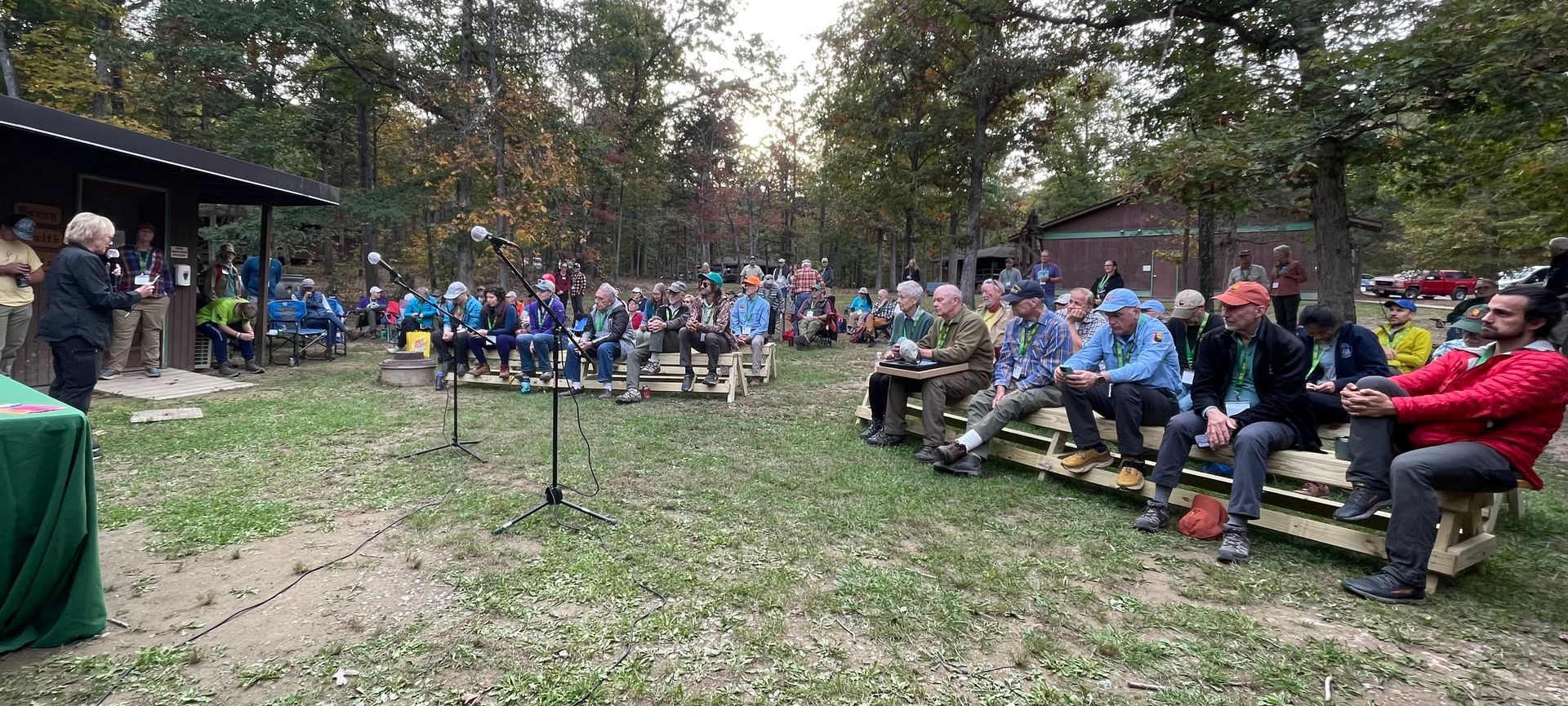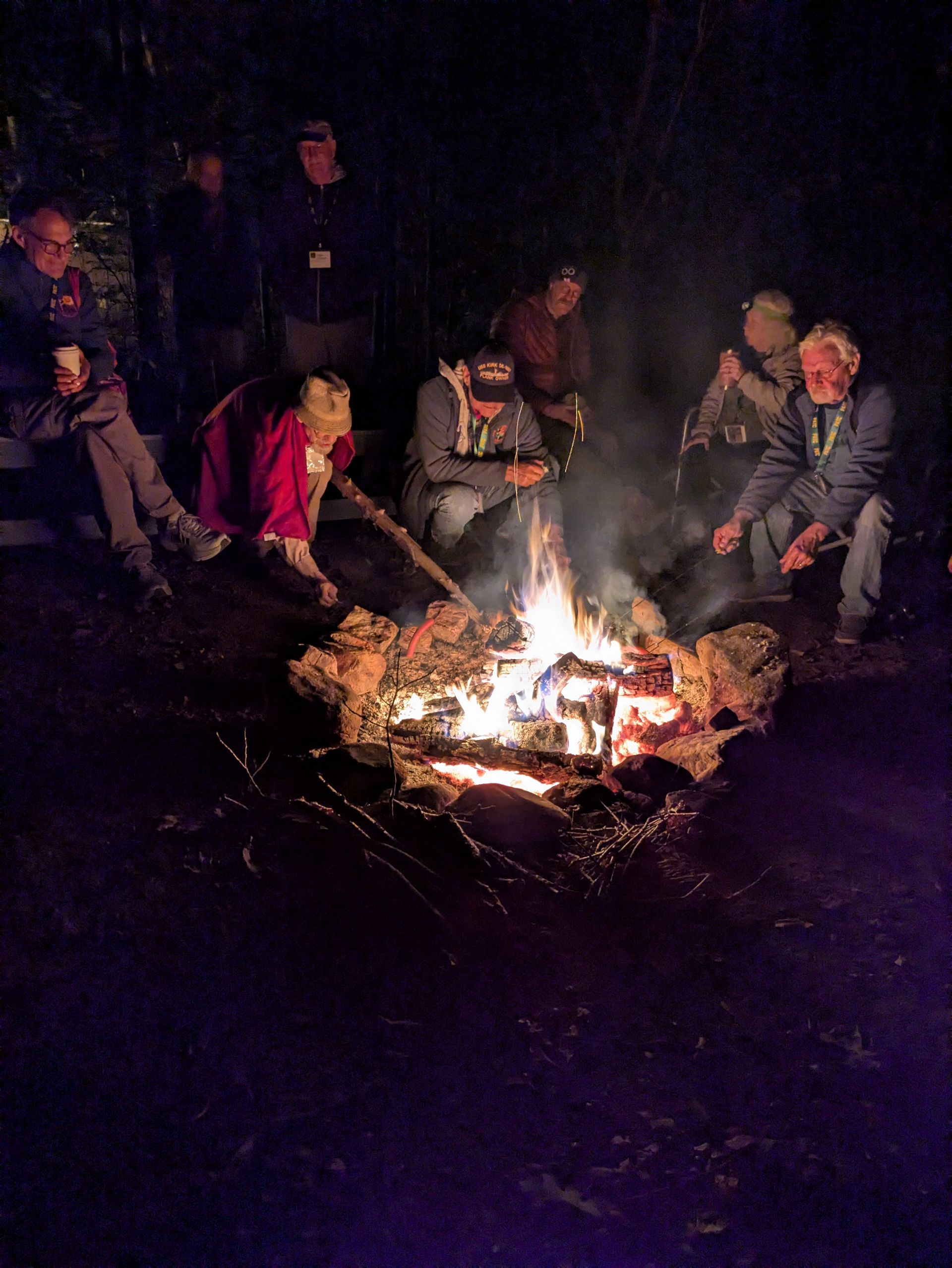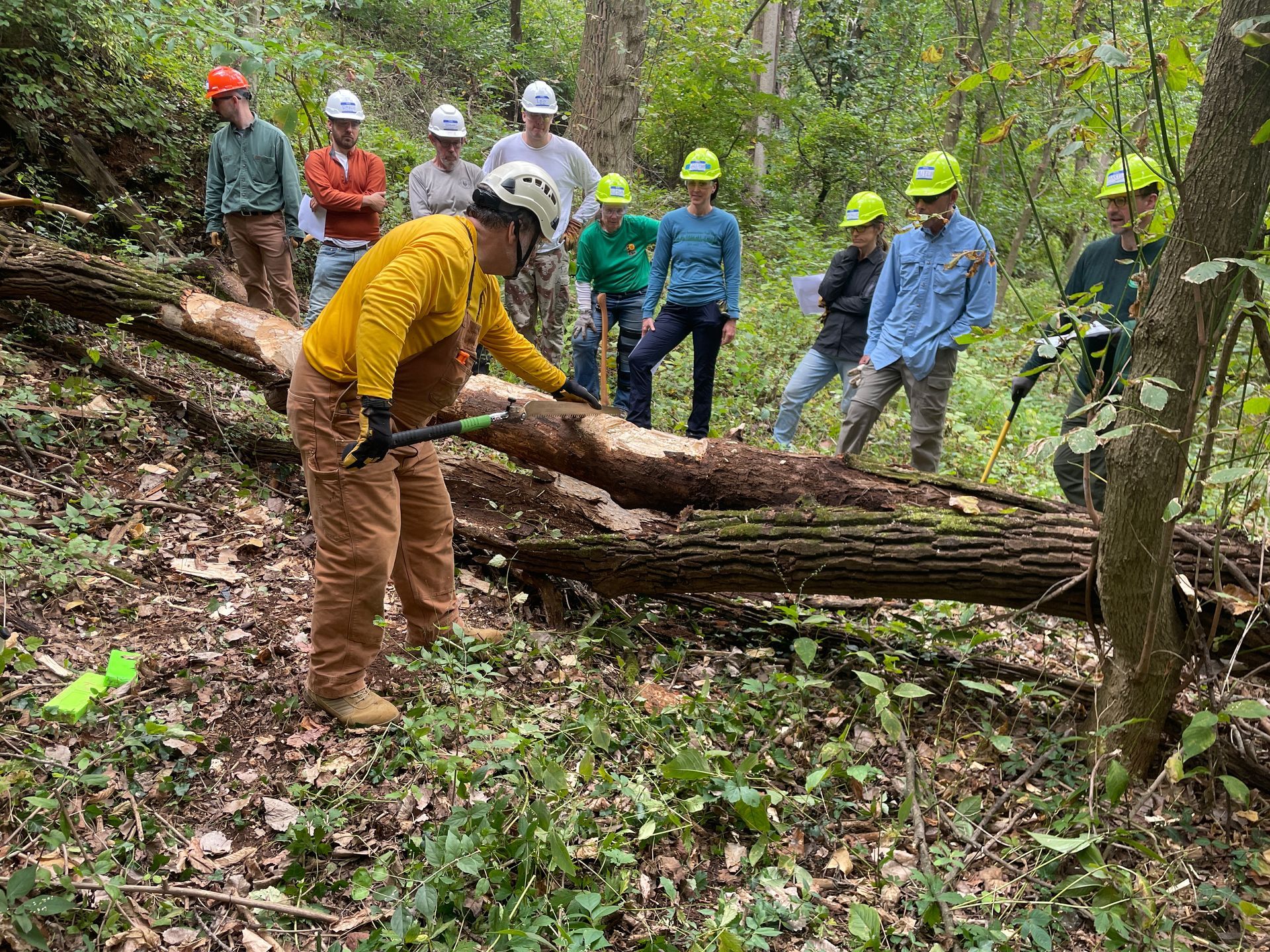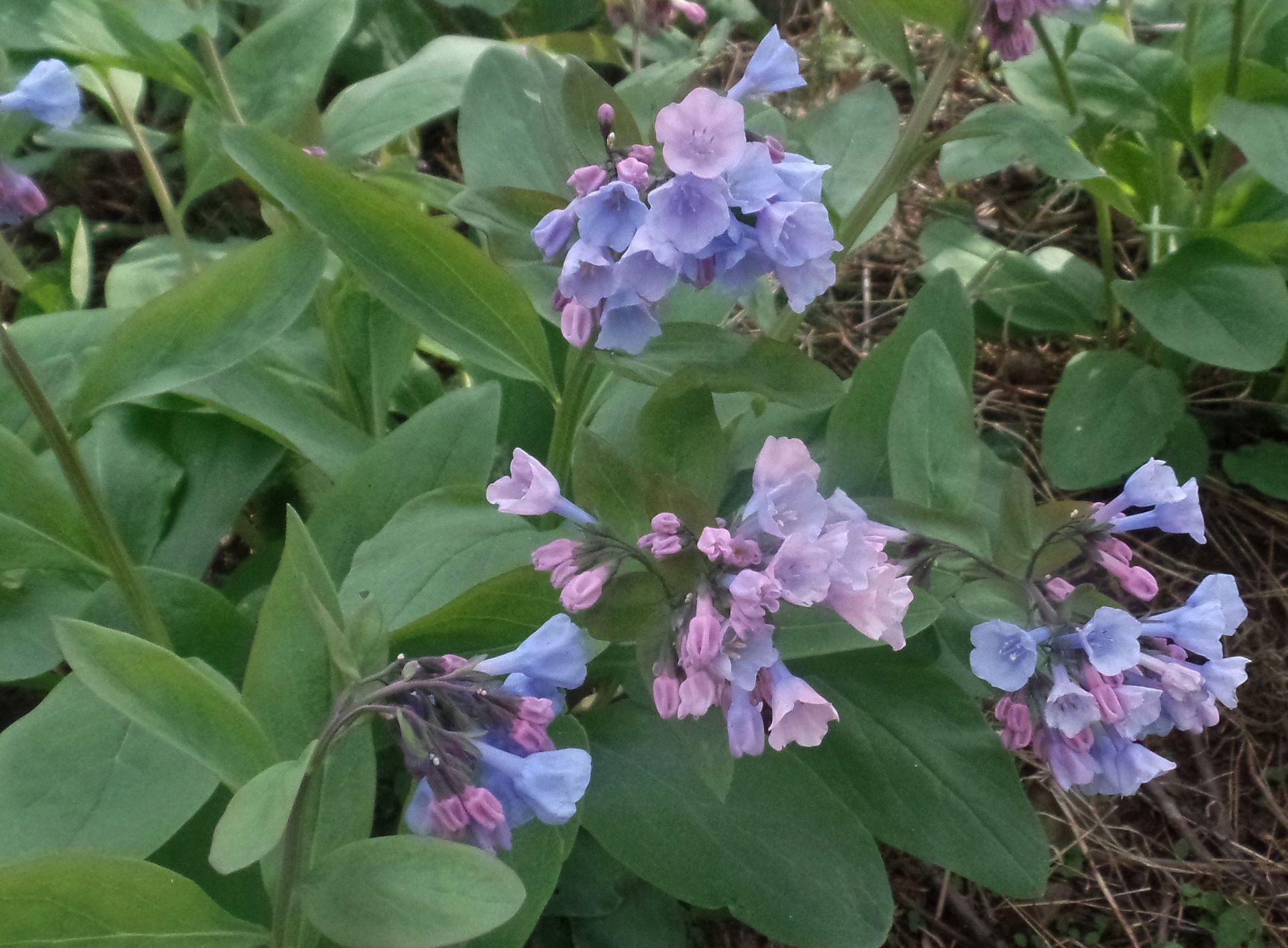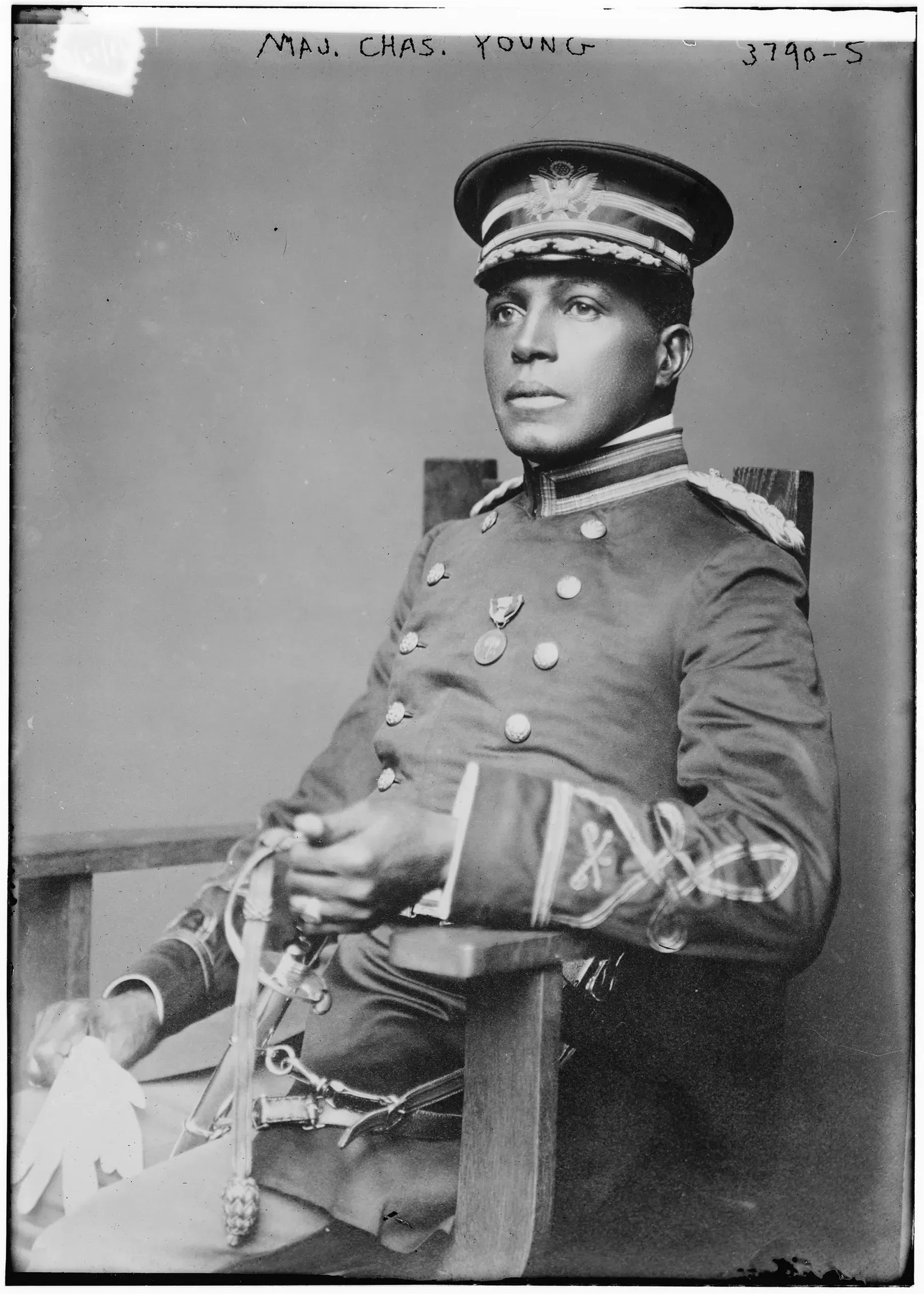
"Indeed, a journey through this park and the Sierra Forest Reserve to the Mount Whitney country will convince even the least thoughtful man of the needfulness of preserving these mountains just as they are, with their clothing of trees, shrubs, rocks, and vines, and of their importance to the valleys below as reservoirs for storage of water for agricultural and domestic purposes. In this, lies the necessity of forest preservation."
-Captain Charles Young in Report of the Acting Superintendent of Sequoia and General Grant National Parks, California, October 15, 1903
As we dive into Black History Month, let's take a moment to explore a side of environmentalism that is often overlooked within the outdoor community: Black environmentalism.
Throughout history, Black communities have carried an incredible bond with the land. From ancient African cultures practicing sustainable agriculture to enslaved folks finding solace and strength in nature, there's a deep-rooted connection from which environmentalism and conservation found its legs.
In the United States, the emergence of Black environmentalism gained momentum during the Civil Rights era. Many individuals took a stand against environmental injustices in Black communities. Fannie Lou Hamer, Dr. Robert Bullard, and Colonel Charles Young are three notable conservationists and environmentalists. They worked towards providing Black communities access to clean air, water, and safe living conditions.
As Bullard points out in his book, Dumping in Dixie: Race, Class, and Environmental Quality, Black communities and other marginalized communities have been “subjected to a disproportionately large amount of pollution and other environmental stressors in their neighborhoods as well as in their workplaces. However, these groups have only been marginally involved in the nation's environmental movement.”
Dr. Robert Bullard, also known as the "father of conservation," has focused on bringing attention to communities of color that have been impacted by environmental racism. Through his studies, he has shown that toxic facilities such as landfills, chemical plants, and incinerators are more likely to be placed in lower-income areas and areas based on race. At the Bullard Center for Environmental and Climate Justice, he works to bring attention to these issues and provides resources that address environmental justice, environmental racism, sustainability, and how we can work towards changing these situations.
Environmental justice began with the Civil Rights Movement and in turn, the people who were at the forefront of that movement, including Fannie Lou Hamer.
Hamer was a pioneer of grassroots farming cooperatives that inspired current urban agriculture collectives. She believed in communal farming as a solution to economic justice and formed the Freedom Farm Cooperative (FFC) in 1969. This organization provided food for low-income families in the area and land that helped create jobs for those in need. Without any funding from the government, this project was supported by the co-op members and grew to support over 1,500 families.
As documented by the National Women’s History Museum, Hamer began “buying up land that Blacks could own and farm collectively. With the assistance of donors (including famed singer Harry Belafonte), she purchased 640 acres and launched a coop store, boutique, and sewing enterprise. She single-handedly ensured that 200 units of low-income housing were built—many still exist in Ruleville today.” Her dedication to social justice and the furthering of racial equality was an integral piece in the advancement of both civil rights and environmental justice.
Another important figure during the Civil Rights Movement was Charles Young. Colonel Charles Young, born in Kentucky in 1864, was the first African American military attaché and colonel, and the first African American national park Superintendent. He broke barriers throughout his career and played a vital role in shaping the National Parks Service along with his Buffalo Soldiers. Despite facing discrimination, his work ethic and commitment to duty propelled him to remarkable achievements, making him a trailblazer for Black environmentalists whose legacy endures.
Corinne Wetzel for Audubon Magazine detailed Young’s life as a young Superintendent, saying “His mission was simple: protect the parks and make them accessible to visitors. This meant keeping local livestock like sheep from grazing inside the parks’ boundaries, defending the trees from illegal loggers, and protecting wildlife from hunters.”
The legacies of Young and Hamer live on to this day through the continuing work of Bullard, and the work of organizations such as Outdoor Afro and Greening Youth Foundation, which strive to reconnect Black communities with nature. These organizations offer a range of programs, including education, advocacy, and outdoor activities to promote a love for the outdoors.
We are currently facing some major challenges as a planet, such as climate change and biodiversity loss. To effectively tackle these issues, we need to draw on all the knowledge and experiences available to us. By focusing on Black history in our discussions about conservation, we not only pay tribute to the past but also establish a foundation for a more comprehensive and successful approach to safeguarding our planet.
As we celebrate Black History Month, let’s take a moment to recognize the significant contributions of Black environmentalists, both past and present. They have made a significant impact through their activism, education, and passion for equality and justice. We must continue their work and fight to make a difference in the world by following their example. When we unite and learn from each other, there is no limit to what we can achieve.
Learn more about the history of Black environmentalism by clicking the links below.
Cited Sources
https://dogwoodalliance.org/2022/02/10-black-environmentalists-to-know-about-in-2022/
https://www.bullardcenter.org/about/our-founder
https://www.audubon.org/news/meet-charles-young-first-black-national-park-superintendent
https://www.womenshistory.org/education-resources/biographies/fannie-lou-hamer
https://www.taylorfrancis.com/books/mono/10.4324/9780429495274/dumping-dixie-robert-bullard
https://home.nps.gov/seki/learn/historyculture/young.htm

